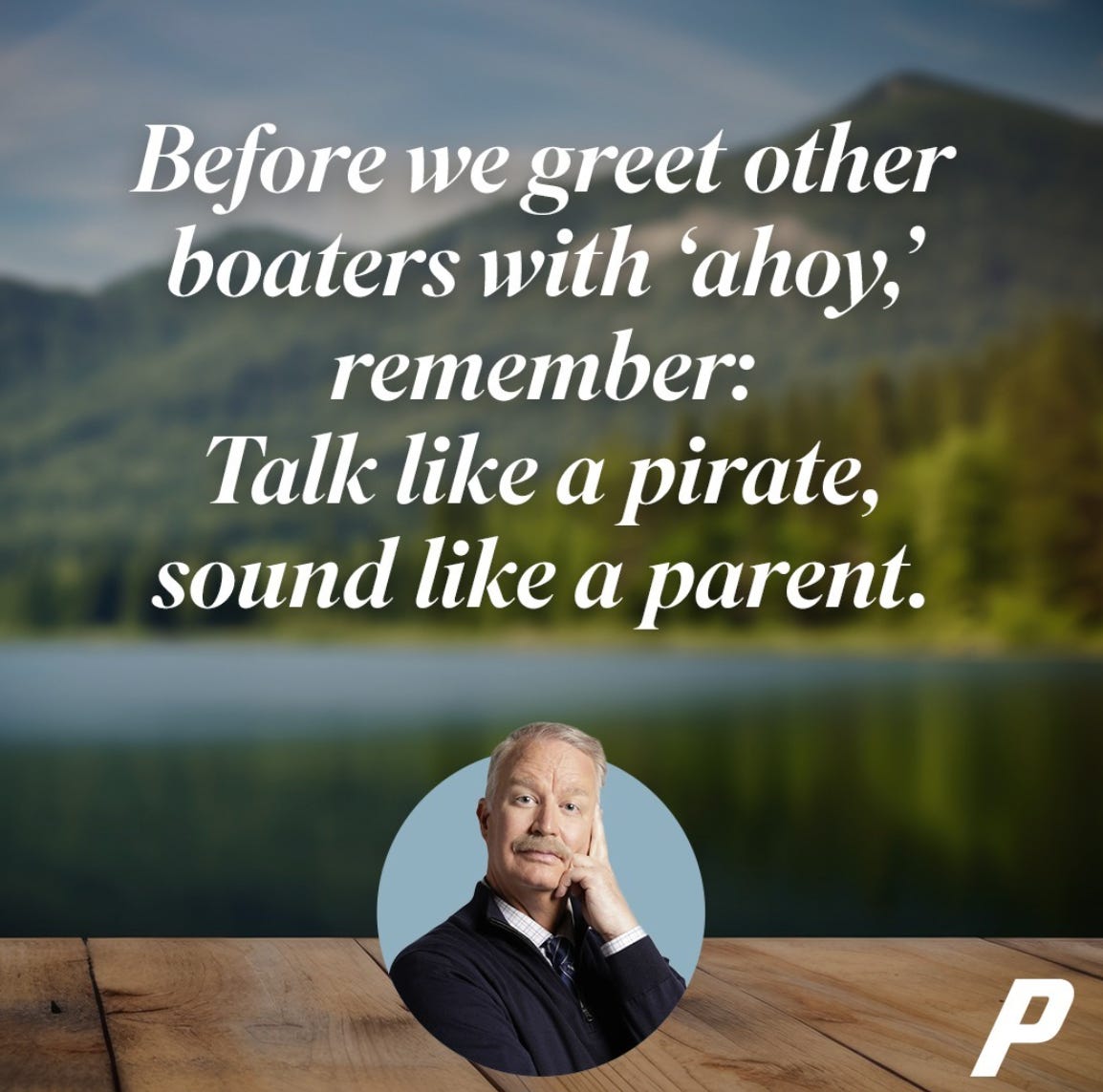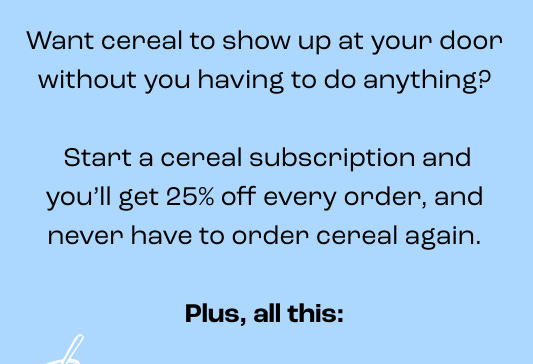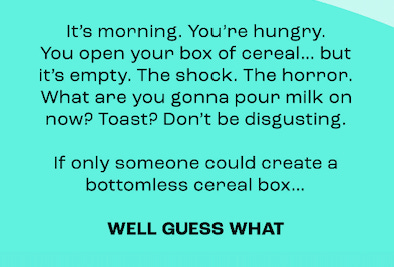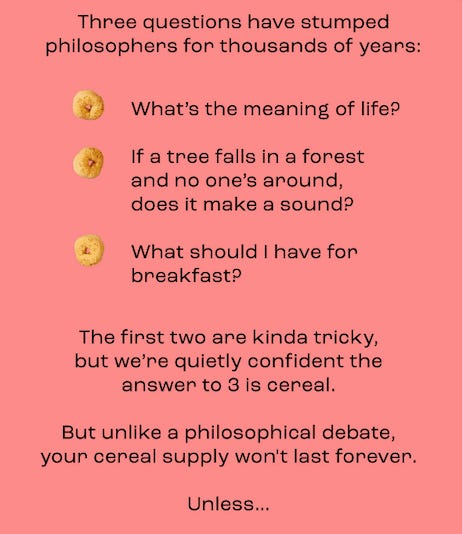A callback happens when a comedian introduces a joke or concept early in their set, then unexpectedly references it later, creating a satisfying "aha" moment for the audience who remembers the earlier reference. It acts as an in-joke shared by the performer and audience, rewarding the audience for paying close attention earlier on in the show.
James Acaster is a comedian whose rapid-fire storytelling style is held together by a series of callbacks, each of which become funnier as his shows go on. Arguably one of the best examples of this is in his 4 part Netflix special, Repertoire. In part 1, entitled "Recognise", Acaster starts his show with a bit about buying a banana at Pret a Manger:
Later, he masterfully builds a running callback around being an undercover cop who is pretending to be a stand-up comedian named "James Acaster." He weaves this premise throughout seemingly unrelated bits about Google holiday logos, Dr. Pepper, and mathematics, periodically reminding the audience of his "true identity" with subtle references. He adds layers by explaining that his marriage failed because he was "too attached to the case" and even performs a meta-bit where he listens to and comments on a comedy podcast he made with his "drug dealer friends."
Similarly, brands can create callbacks in their comms that reward people for following their social content, 1:1 marketing or recalling a running theme in their ad campaigns more broadly. In a recent issue I mentioned Progressive Insurance as a ‘stand up brand’ to watch: they have built a running gag targeted at a specific audience - Millennials, who have recently made their first big ‘life stage’ purchase (such as a car or home) and find that the weight of that responsibility makes them turn into their parents. They refer to this joke in social content and influencer comms:
Their fun new campaign “Passive Progressive” features an annoying person who doesn’t have cheap insurance but takes it out on those who do:
Here are some specific ways brands can implement callbacks effectively in their campaigns:
Sequential social messages: Introduce a funny sketch or visual gag in an ad that can be used repeatedly to build brand salience. Mailchimp did something similar by having their mascot Freddie appear in progressively more surprising situations.
Entertaining journeys: emails can plant a seed (like Surreal’s “Endless cereal?” concept in nurture journeys. They then follow up with deliberately ridiculous reasons to subscribe to their cereal boxes.
Product Release Stories: Apple mastered this with "One more thing..." - a callback that became part of their brand storytelling. Smaller brands could create their own version by establishing a unique way of revealing new features that becomes a running narrative.
Ad Campaign Evolution: Start with a clear, memorable premise (like Compare the Market's meerkats) but instead of just repeating it, evolve it in unexpected ways. The core joke should mature as your audience becomes familiar with it.
The golden rules for brand callbacks:
Don't overdo it (most stand-ups only use 2-3 callbacks per show)
Ensure each callback adds new meaning rather than just repeating
Leave enough space between references (but not so much that people forget)
Make sure it works even if someone misses the original reference







